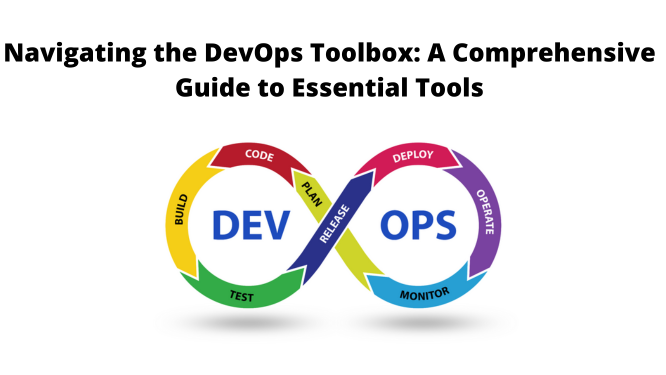Introduction:
In the dynamic landscape of DevOps, where speed, collaboration, and automation reign supreme, the right set of tools can make all the difference. This blog post serves as a comprehensive guide to the essential tools that empower DevOps practitioners to streamline processes, enhance collaboration, and deliver high-quality software at speed.
-
Version Control Systems: The Backbone of Collaboration: Tools like Git and SVN are the backbone of version control, enabling teams to manage and track changes in code collaboratively.
With features like branching and merging, version control systems ensure code integrity and facilitate seamless collaboration among development teams. Become an expert professional in the DevOps industry by joining the DevOps Training in Hyderabad course by Kelly Technologies.
-
Continuous Integration (CI) Tools: Building Quality Into Code Changes: Jenkins, Travis CI, and CircleCI are stalwarts in the CI landscape. These tools automate the integration and testing of code changes, ensuring that each contribution aligns with quality standards. CI tools pave the way for faster and more reliable software delivery.
-
Continuous Deployment (CD) Tools: Automating the Path to Production: Deploying code changes seamlessly requires tools like Ansible, Puppet, and Chef. These configuration management tools automate the provisioning and deployment of infrastructure, promoting consistency and repeatability in the deployment process.
-
Containerization Tools: Encapsulating Applications for Portability: Docker and Kubernetes are pivotal in the world of containerization. Docker allows for packaging applications and their dependencies into containers, while Kubernetes orchestrates these containers for scalability and seamless deployment across different environments.
-
Infrastructure as Code (IaC) Tools: Streamlining Infrastructure Management: Terraform and AWS CloudFormation are IaC tools that enable teams to define and manage infrastructure configurations as code. This approach enhances infrastructure consistency, facilitates version control, and supports automation in provisioning resources.
-
Collaboration and Communication Tools: Unifying DevOps Teams: Collaboration is key in DevOps, and tools like Slack and Microsoft Teams facilitate real-time communication, file sharing, and collaboration among team members. These platforms break down communication silos, fostering a culture of transparency and efficiency.
-
Monitoring and Logging Tools: Insights for Continuous Improvement: Monitoring tools like Prometheus and Grafana, along with logging tools like ELK Stack (Elasticsearch, Logstash, Kibana), provide visibility into system performance and log data. These tools enable proactive issue detection, troubleshooting, and continuous improvement through data-driven insights.
-
Security Scanning Tools: Embedding Security in the DevOps Pipeline: Security is a paramount consideration in DevOps, and tools like SonarQube and OWASP Dependency-Check integrate security scanning into the development pipeline. These tools identify and address security vulnerabilities early in the development process.
-
Test Automation Tools: Ensuring Code Quality at Scale: Selenium, JUnit, and pytest are test automation tools that ensure code quality by automating the testing process. From unit tests to end-to-end testing, these tools support the rapid and reliable validation of code changes.
-
Release Orchestration Tools: Coordinating Complex Release Processes: Release orchestration tools like GoCD and Spinnaker coordinate the deployment of applications, ensuring that different components are deployed in sync. These tools minimize downtime, reduce errors during deployment, and enhance the overall reliability of the release process.
Conclusion:
The DevOps toolbox is vast and diverse, offering a myriad of tools to address the unique challenges of software delivery. From version control and continuous integration to containerization and release orchestration, each tool plays a crucial role in streamlining processes, enhancing collaboration, and delivering high-quality software at speed. As organizations navigate the DevOps landscape, selecting the right combination of tools becomes a strategic decision that propels them toward a future where software delivery is not just efficient but also transformative for the entire development lifecycle


